
Privacy statement: Your privacy is very important to Us. Our company promises not to disclose your personal information to any external company with out your explicit permission.
When the battery life of the electric car started to be unsatisfactory in the winter, what caused it? Let's test the electric car in the winter and then check to see what causes it. Is there any way to improve it?
Electric car winter endurance testAs we all know, many electric vehicles, including Tesla and Nissan Leaf, are affected by the weather in winter, resulting in problems such as shortened cruising range and reduced charging compatibility.
Electric vehicles rely on iron phosphate or ternary lithium batteries as the power. After the battery control system, vehicle control system and other software, the power is distributed reasonably to drive the whole vehicle. No matter what kind of material battery is used, it will be affected by low temperature climate, and reducing the discharge efficiency will result in lower cruising range. However, high-quality electric vehicles use "external forces" to save the cruising range lost due to low temperatures. The problem of declining charging compatibility in winter is also an important issue that many car manufacturers have to solve.
In fact, the low temperature climate in winter leads to the problem of cruising range and charging compatibility, which can be classified into one category. The engineers of the vehicle manufacturer should balance the stability of the power battery, safety, charging speed and reliability.
recharge mileage:
Increasing battery density (increasing battery cell voltage) is the most direct means of increasing cruising range without increasing battery capacity. However, this method has the risk of abnormality in battery stability and abnormal failure. As a result, engineers either increase battery cooling (preheat) systems or improve battery cell materials (activity and density are more stable).
Charging compatibility:
Solving the problem of charging compatibility, like the cruising range and stability, is to seek a breakthrough in contradiction. Engineers can use the software to debug the battery charging cycle of the vehicle, and the charging current and voltage are higher. However, this improvement is not unlimited. The increase of voltage and current means lowering the charging cycle, and also makes the battery bear more impact in a short time. Once the safety protection measures are not in place, spontaneous combustion and other problems will occur. Therefore, engineers at the vehicle manufacturing plant should test many charging facilities on the market, and also consider the performance of the vehicle battery components under various environmental, temperature, humidity and other parameters. After a combination of many factors, it leads to the difference in the charging current of different brands of electric vehicles and the abnormality of charging compatibility.
The author takes Jianghuai iEV5 (6S), Geely Dorsett EV, BYD Qin EV (e5) and Beiqi New Energy EU260 as examples to carry out actual and theoretical winter cruising range and charging compatibility comparison. Because the reference data are all derived from the author's relevant evaluation manuscripts written during the period of March 2015-March 2016 (Beijing autumn and winter).
1. Jianghuai iEV5 (6S):
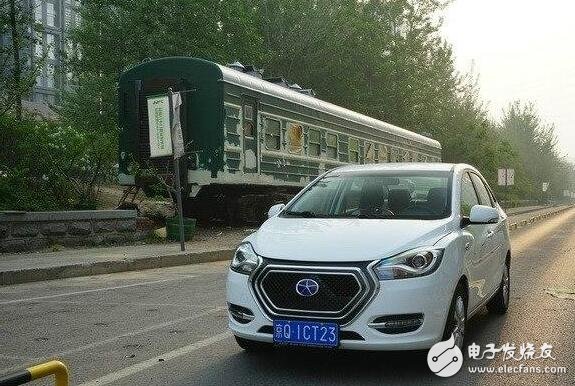
The Jianghuai iEV5 electric vehicle listed in 2015 has a battery life of 200 kilometers and a price of more than 90,000 yuan after deducting subsidies (subject to the Beijing market subsidy). The pleasing appearance and excellent handling are the roots of its rapid harvesting market.
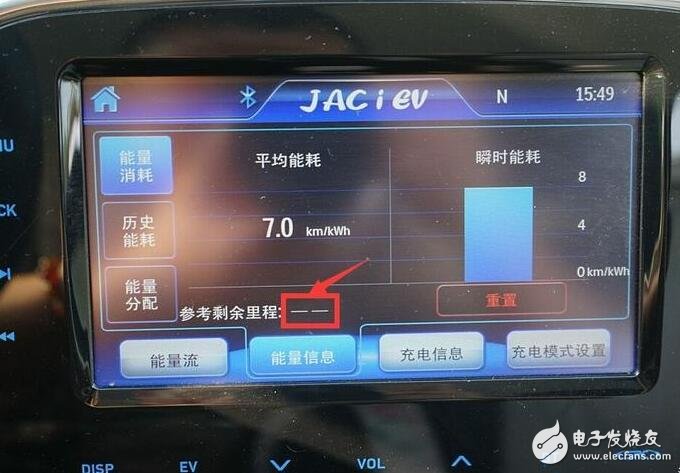
The Jianghuai iEV5 electric vehicle uses the ternary lithium battery provided by ASRock Power (the same as the power battery used by Tesla), and the overall performance is excellent. With the increase in sales volume and feedback from winter vehicles, the JAV iEV5's winter cruising range is generally reduced to 150-160 km (hot air), and the fast charging current is reduced from 80 amps (summer) to 16-24 amps (winter). .

The Jianghuai iEV6S, as the first electric-powered SUV with a battery life of 250 km, was launched at the Beijing market in 2016 at a low price. However, with the "battery catalogue" turmoil, the Jianghuai iEV6S using the South Korean Samsung SDI ternary lithium battery can not enjoy the subsidy preferential policy. According to the author's previous evaluation feedback and subsequent official information, the handling is still very eye-catching, but the charging system of the battery components has not been improved.
If the JAC iEV6S is replaced by a battery supplier, it will be listed in the winter of 2016-2017, its charging compatibility and cycle issues, or it will lower its reputation and user perception.
2. Geely Emgrand EV:

The title of the article "Exclusive evaluation: the outstanding price-performance Geely Dorsett EV" written by the author pointed out that this very good electric car is cost-effective. By September 2016, Geely Dorsett EV sold nearly 8,000 units. Many consumers choose Emgrand EV, which is based on excellent design, delicate interior and highly accommodating suspension adjustment.
However, during the author's test (early March 2016), the outdoor temperature was 2 degrees Celsius. When using a variety of fast charging piles including Futeng Technology and State Grid, the charging current was unstable and even lasted longer. Time low current charging state, suddenly increased and then fell back to low point.
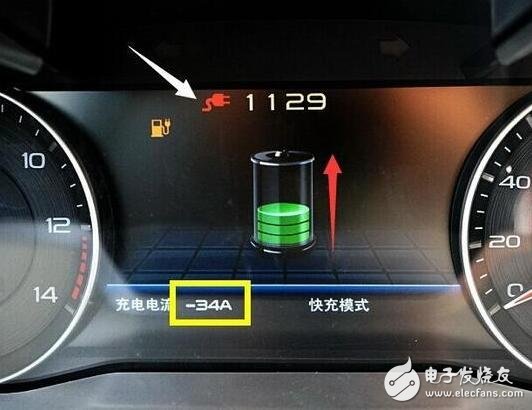
Geely Dorsett EV starts charging current from 33 amps, then rises to 34 amps and continues to charge for 40 minutes, converting to 20 km cruising range.

When the remaining power is charged to 67%, the charging voltage is raised to 358.9 volts and the charging current is increased to 74.9 amps. When I tested the Emgrand EV, the outdoor temperature was maintained at 1-3 degrees Celsius. The vehicle had been running for nearly 1 hour while charging, and the current was increased from 48% to 67% of the remaining power (1 hour and 20 minutes after charging).
Well, the design of Geely Dorsett EV is impeccable in manufacturing quality and impeccable. However, as an electric car, the charging current is so low and unstable, this is undoubtedly a time bomb that will detonate in the winter of 2016.
3. BYD Qin EV (e5):
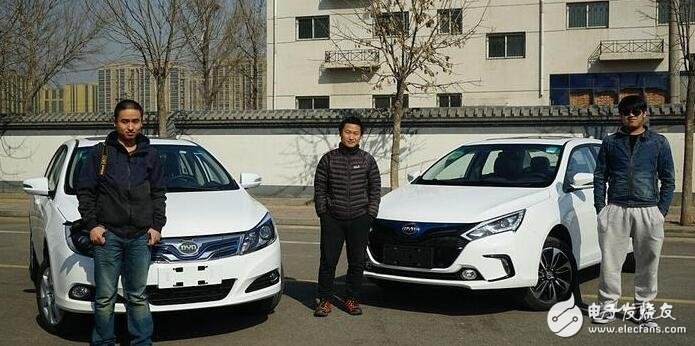
In the traditional car field, the appearance of the BYD car and the poor degree of the interior have not been described by the author. However, in the field of new energy, the performance of electric and hybrid cars made by BYD is very good, and even the global attack can not find a competitor. Introduced in late 2015, the Qin EV and e5 (same power, suspension and control systems, different looks, interiors and market positioning) quickly captured the nation's numerous individual and rental markets.

Like the e5 electric car, the Qin EV is stable at 4.5 amps when using a household 220V for "flying line" charging.
In the household 220V household electric charging, it takes a long time for the battery to warm up (after reaching the set value), and then enters the normal charging state. If BYD Qin EV (e5) has any shortcomings, I am afraid that the battery preheating system needs to be improved.
4: Beiqi New Energy EU260:
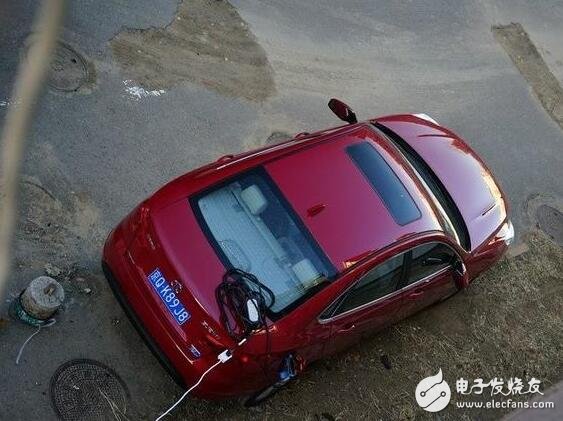
Based on the suspension and control of the Sic Bo 95 (Saab 95), the quality and reliability of the Beiqi New Energy EU260 is completely out of the scope of any previous model.
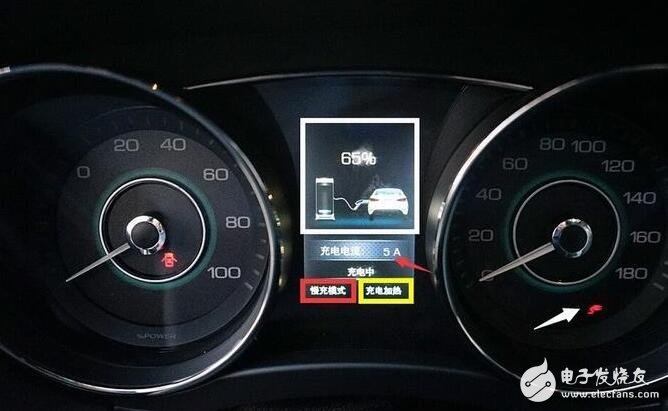
In early February 2016, Beijing's outdoor temperature ranged from -5 degrees Celsius to -4 degrees Celsius. Under different outdoor temperature conditions, the author conducted a fast charge and a 220V household electric slow charge test for Beiqi New Energy EU260.
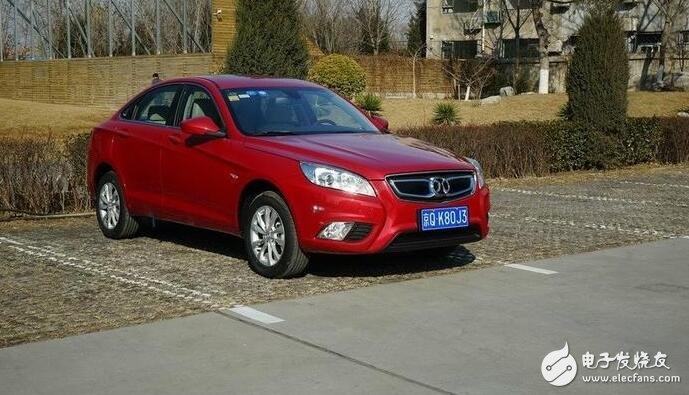
The white box is the remaining battery state (charged from the remaining 65% of the battery).
The red box is in charging mode (slow charging mode).
The yellow box is for charging and heating.
The red arrow is the charging current (always stable at 5 amps).
The white arrow is the charging reminder logo.
In Beijing at -4 degrees Celsius, after one night of freezing, the EU260 was "flight" slowly charged with 220V household electricity. It was tested that Beiqi New Energy is a “cooling car rechargeable battery preheating” function for EU260. When the temperature is as low as minus 10 degrees Celsius, the power battery protection mechanism is turned on. The charging failure is not a quality problem, but the depreciation control strategy of the car manufacturer after weighing the heating cost, the selling price and the overall quality of the battery. If you want to solve the low temperature charging fault, the simple way is to add a warm-up function to the battery pack. Of course, the cost increase will be modified accordingly with the battery control system and the vehicle control system (software).
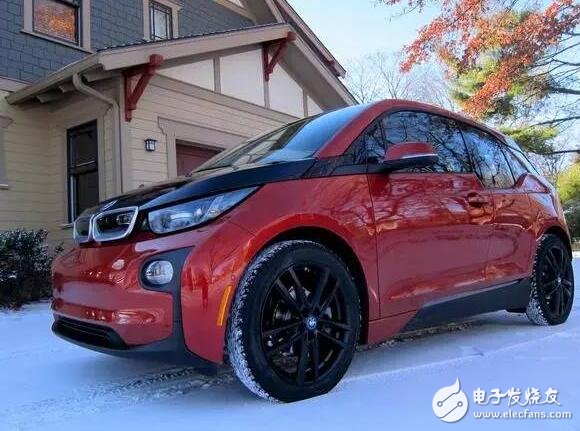
After 5 minutes of operation of the "cooling car rechargeable battery warm-up" function, the charging current is increased from 5 amps to 9 amps. This value completely exceeds the JAC iEV series, Geely Emgrand EV, BYD Qin EV (e5) in the low temperature environment 220V household electric slow charging flow. The seemingly simple upgrade of a configuration stems from the spending habits of most Chinese electric car users.
February 13, 2023
Gửi email cho nhà cung cấp này
February 13, 2023

Privacy statement: Your privacy is very important to Us. Our company promises not to disclose your personal information to any external company with out your explicit permission.

Fill in more information so that we can get in touch with you faster
Privacy statement: Your privacy is very important to Us. Our company promises not to disclose your personal information to any external company with out your explicit permission.